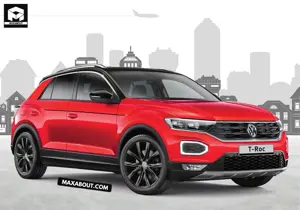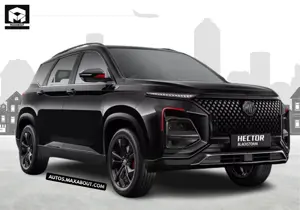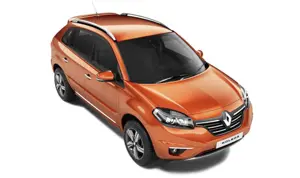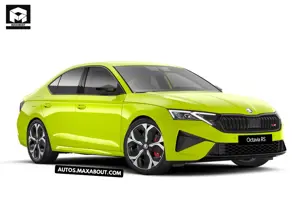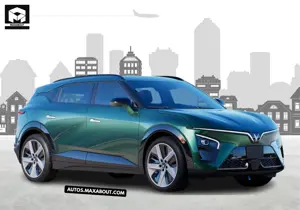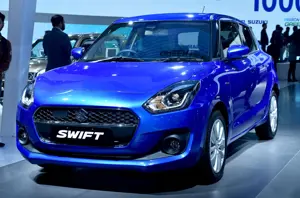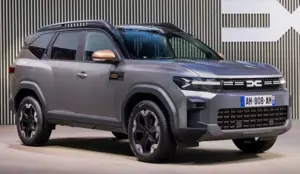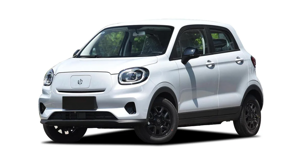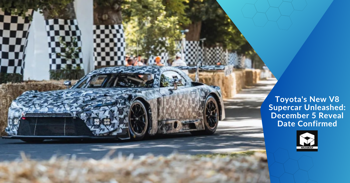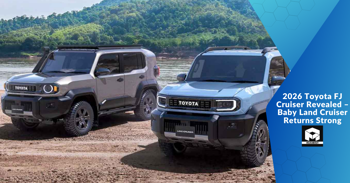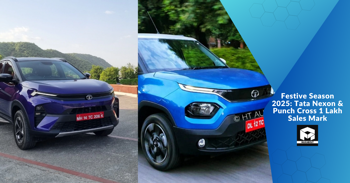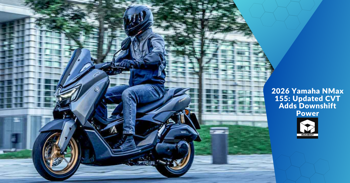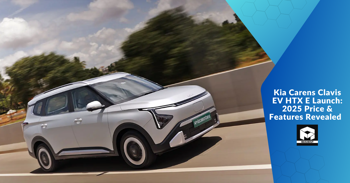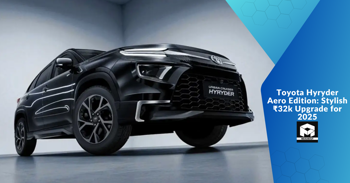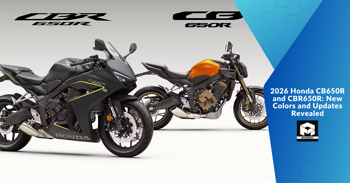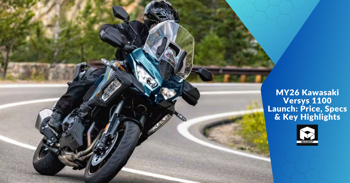The Bada Dost i3 LS will compete with its rivals in hilly terrain; tell us how it copes.
Any commercial vehicle operator must give great importance to fuel efficiency as it directly affects their bottom line. Ashok Leyland has boldly claimed that the Bada Dost i3 LS has the highest fuel economy in its class. But we all know that the figures stated by the manufacturer are not the same as the actual performance. Actual fuel consumption can be greatly effected by such factors as loading, drive style, terrain, and traffic conditions. Small business owners and fleet operators need to understand the true fuel efficiency of the Bada Dost i3 LS in different operating conditions in order to build accurate cost projections and plan their routes. I want to explore what actual users experience by way of superior fuel economy of this vehicle.
I have driven the Bada Dost i3 LS in the Nilgiris and trust me, that thing is a beast on winding roads. When those steep climbs come, the torque kicks in at just the right moments to turn them into a walk in the park.
Most Popular Cars
Based on Cars Popular on Maxabout
Volkswagen T-Roc Automatic
₹ 21,35,000
1171 Views
MG Hector Plus Blackstorm CVT (7-Seater)
₹ 22,58,800
1492 Views
Renault Koleos Diesel 4x4
₹ 26,68,000
869 Views Recently Added Cars
New Cars Added On Maxabout
Skoda Octavia RS
₹ 49,99,000
220 Views
VinFast VF7 Sky Infinity
₹ 25,49,000
641 Views
VinFast VF7 Sky
₹ 24,99,000
594 Views Upcoming Cars
Exciting Upcoming Cars
Maruti Swift Hybrid
₹ 10,00,000
1778 Views
Renault Boreal Bigster SUV
₹ 13,00,000
1919 Views
Leapmotor T03
₹ 8,00,000
1366 Views Discussions and Questions The Bada Dost I3 Ls Will Compete With Its Rivals In Hilly Terrain Tell Us How It Copes
No answers found .
Latest News
Recently Added News
Toyota's New V8 Supercar Unleashed: December 5 Reveal Date Confirmed
Wednesday, 22 October 2025 21:43 PM
2026 Toyota FJ Cruiser Revealed – Baby Land Cruiser Returns Strong
Wednesday, 22 October 2025 20:19 PM
Kia Carens Clavis EV HTX E Launch: 2025 Price & Features Revealed
Saturday, 18 October 2025 14:09 PM
